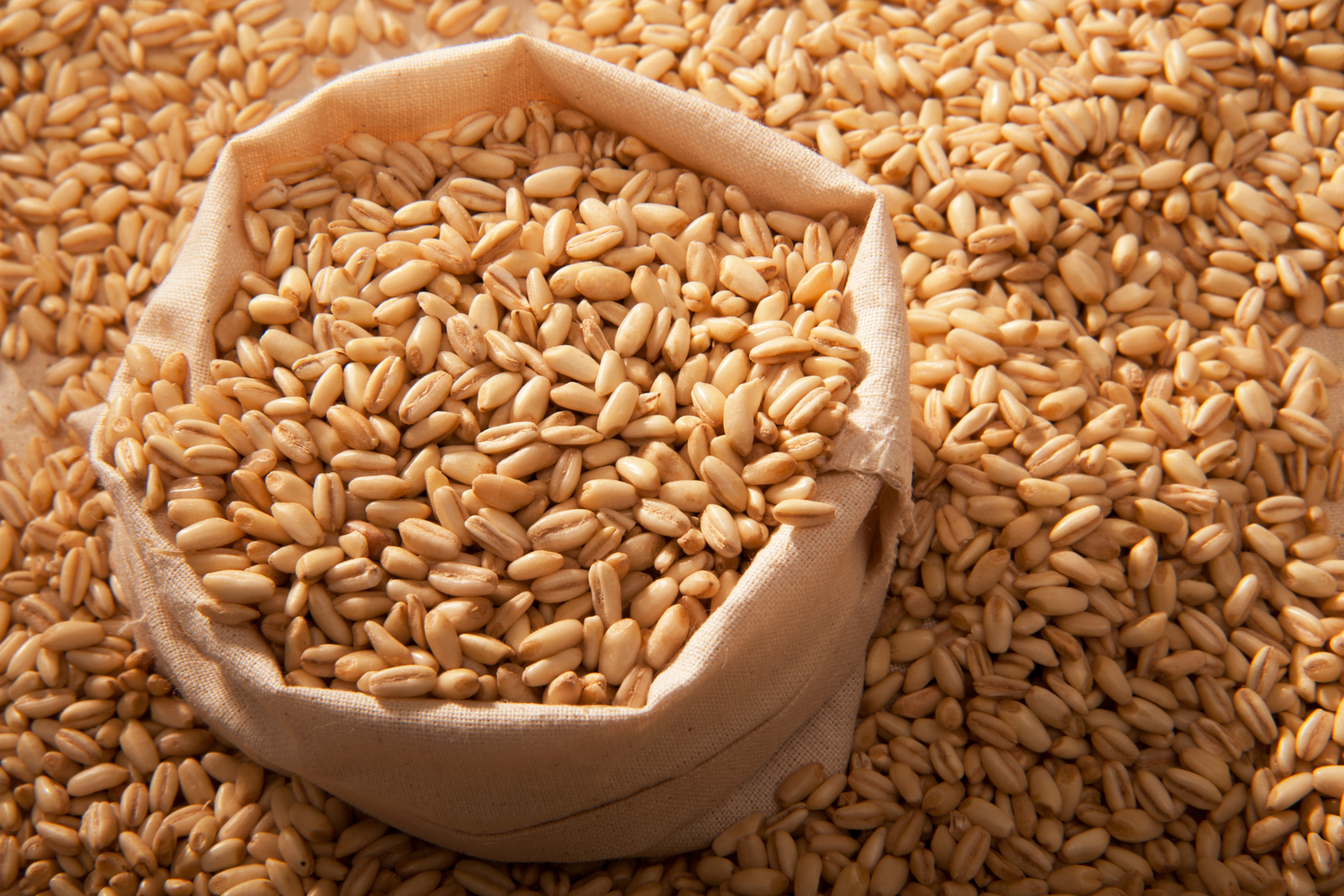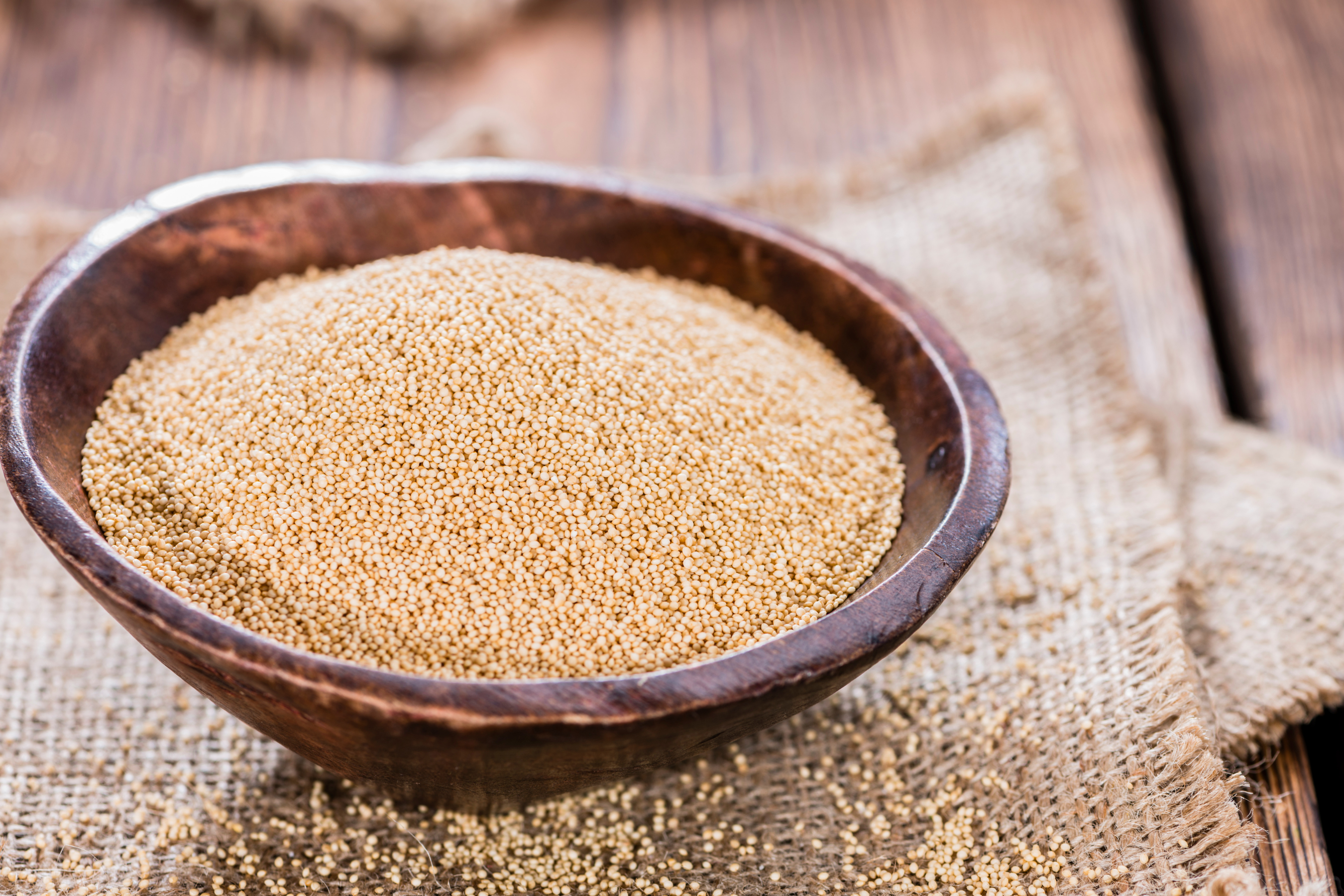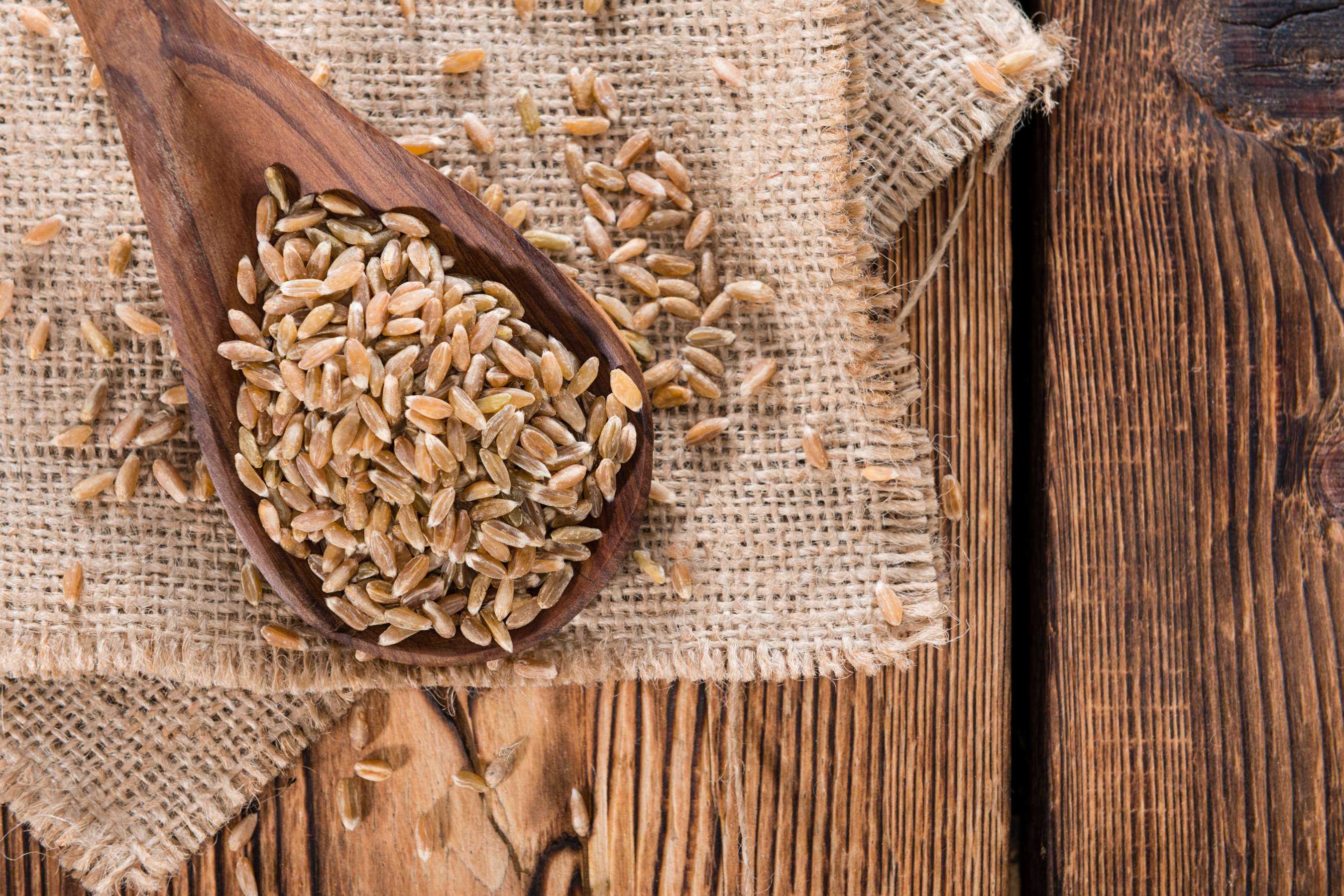Shop Barley Here
Barley is a nutrient-rich grain widely recognized for its health benefits. It has been used as a staple food in many cultures for centuries, and today it remains a popular ingredient in dishes worldwide. In this article, we will explore the nutritional profile of barley grain and flour, its numerous health benefits, and ways to incorporate it into your diet.
Understanding Barley: Grain and Flour
What is Barley Grain?
Barley grain is a cereal grain that has been cultivated for thousands of years. It is a member of the grass family and is one of the oldest known cultivated grains. Barley grain is a versatile and nutritious grain that can be used in many ways. It is commonly used in soups, stews, salads, and as a side dish. It is also used to make beer and other alcoholic beverages.
Barley grain is high in fiber, vitamins, and minerals. It is a good source of protein and contains essential amino acids that are important for maintaining good health. It is also low in fat and cholesterol, making it a healthy choice for those looking to maintain a healthy diet.
What is Barley Flour?
Barley flour is a nutritious alternative to wheat flour. It is produced by grinding hulled or pearled barley grain into a fine powder. Barley flour has a sweet, nutty flavor that is perfect for baking. It can be used in bread, muffins, cakes, and other baked goods.
Barley flour is high in fiber, vitamins, and minerals. It is a good source of protein and contains essential amino acids that are important for maintaining good health. It is also low in fat and cholesterol, making it a healthy choice for those looking to maintain a healthy diet.
The Difference Between Barley Grain and Flour
While barley grain and flour are both derived from the barley plant, they have different textures and uses. Barley grain is a whole grain that maintains its bran, germ, and endosperm. It has a chewy, nutty texture that works well in salads, soups, and as a side dish.
Barley flour, on the other hand, is finely ground and has no husk or bran. It is used mainly in baking and imparts a sweet, nutty flavor to baked goods. It is also a great alternative for those who are sensitive to wheat or gluten.
In conclusion, barley grain and flour are both nutritious and versatile options that can be used in a variety of ways. Whether you are looking to add more fiber to your diet or are looking for a healthy alternative to wheat flour, barley is a great choice.
Nutritional Profile of Barley
Barley is a versatile grain that has been used as a food source for thousands of years. It is a member of the grass family and is closely related to other cereal grains such as wheat, oats, and rye. Barley is commonly used in soups, stews, and salads, and is also a key ingredient in beer and whiskey production.
Macronutrients in Barley
Barley is a rich source of carbohydrates, providing a steady release of energy throughout the day. It contains significant amounts of protein, making it an ideal food source for vegetarians and vegans. Barley is also low in fat and has a lower glycemic index than many other grains, making it a good choice for those looking to manage their blood sugar levels.
One cup of cooked barley contains:
- Calories: 193
- Carbohydrates: 44 grams
- Protein: 3.5 grams
- Fat: 0.7 grams
- Fiber: 6 grams
Vitamins and Minerals in Barley
Barley is packed full of essential vitamins and minerals that are vital for maintaining good health. It is a great source of B vitamins, which are important for energy production, brain function, and the formation of red blood cells. Barley is also high in iron, magnesium, and zinc, all of which are essential minerals that play important roles in maintaining a healthy body.
In addition, barley is high in antioxidants, a group of compounds that protects cells from damage caused by harmful molecules known as free radicals. Antioxidants have been linked to a reduced risk of chronic diseases such as heart disease, cancer, and Alzheimer's disease.
Fiber Content in Barley
Barley is an excellent source of dietary fiber, with both soluble and insoluble types. Soluble fiber has been found to help lower cholesterol levels, which can reduce the risk of heart disease. Insoluble fiber helps to promote gut health and regularity, preventing constipation and other digestive disorders.
The high fiber content of barley also makes it a great food for weight loss, as it helps to keep you feeling full for longer periods of time. This can reduce the overall amount of food you eat, leading to a reduction in calorie intake and ultimately, weight loss.
Health Benefits of Barley
Barley is a versatile and nutritious grain that has been consumed for thousands of years. It is loaded with essential nutrients and has numerous health benefits. Here are some additional details on the health benefits of barley:
Improving Digestive Health
In addition to its high fiber content, barley contains insoluble fiber that helps to promote regular bowel movements and prevent constipation. It also contains soluble fiber, such as beta-glucan, which has prebiotic effects. This means that it feeds the beneficial bacteria in the gut, promoting a healthy and diverse microbiome. A healthy gut microbiome has been linked to improved digestion, immune function, and mental health.
Supporting Heart Health
Barley is an excellent food for supporting heart health. Its high fiber content helps to reduce cholesterol levels and decrease the risk of heart disease. Additionally, barley has a low glycemic index, which means that it does not cause a rapid spike in blood sugar levels. This can help to prevent insulin resistance and lower the risk of type 2 diabetes. Barley also contains antioxidants, such as phenolic acids and flavonoids, which have been shown to protect against heart disease.
Aiding in Weight Management
Barley is a great food for weight management because it is low in fat and calories but high in fiber. The fiber in barley helps to slow down the digestion process, making you feel full for longer and reducing overall calorie intake. Additionally, barley has a low glycemic index, which means that it does not cause a rapid spike in blood sugar levels, helping to prevent overeating and weight gain.
Regulating Blood Sugar Levels
Barley is an excellent food for regulating blood sugar levels. The beta-glucan fiber found in barley helps to slow down the absorption of carbohydrates, which can prevent blood sugar spikes and crashes. This makes it an ideal food for those with type 2 diabetes or those at risk of developing the disease. Additionally, barley contains magnesium, which has been shown to improve insulin sensitivity and regulate blood sugar levels.
Antioxidant Properties
Barley is a rich source of antioxidants, which help to protect cells from damage caused by free radicals. Free radicals are unstable molecules that can cause oxidative stress, leading to chronic diseases such as cancer and heart disease. The antioxidants in barley, such as phenolic acids and flavonoids, help to neutralize free radicals and reduce the risk of these diseases.
In conclusion, barley is a nutritious and versatile grain that offers numerous health benefits. It is an excellent food for improving digestive health, supporting heart health, aiding in weight management, regulating blood sugar levels, and providing antioxidant protection. Incorporating barley into your diet is a simple and delicious way to improve your overall health and wellbeing.
Culinary Uses of Barley Grain and Flour
Barley is a versatile and nutritious grain that has been used in cooking for thousands of years. It is a great source of fiber, protein, and complex carbohydrates, and it has a rich, nutty flavor that pairs well with a variety of ingredients.
Cooking with Barley Grain
Barley grain is a versatile ingredient in the kitchen and can be used in a variety of dishes. It is a staple in many traditional dishes from around the world, including Scottish haggis, Italian barley soup, and Middle Eastern tabbouleh.
One of the most popular ways to use barley grain is in soups and stews. Its chewy texture and nutty flavor add depth and complexity to any soup or stew, and it pairs well with a variety of vegetables and proteins. Try adding barley to your favorite vegetable soup or beef stew for a hearty and filling meal.
Barley also makes a great base for salads. Its chewy texture holds up well to dressings, and it pairs well with a variety of vegetables, fruits, and proteins. Try making a barley salad with roasted vegetables, feta cheese, and a lemon vinaigrette for a healthy and delicious lunch.
If you're looking for a new side dish, try cooking barley as you would rice or quinoa. It makes a great base for any meal and pairs well with a variety of flavors. Try adding cooked barley to your favorite stir-fry or serving it alongside grilled chicken or fish.
Baking with Barley Flour
Barley flour is a great alternative to wheat flour for those with gluten sensitivity or celiac disease. It has a similar texture and can be used in a variety of baked goods, including bread, muffins, and cakes.
Barley flour has a unique, nutty flavor that pairs well with a variety of ingredients. Try making a barley flour banana bread or blueberry muffins for a healthy and delicious breakfast or snack.
Incorporating Barley into Your Diet
There are many ways to incorporate barley into your diet. Start by swapping white rice or pasta with barley for a fiber-rich and flavorful alternative. You can also use barley flour to make your favorite baked goods or try adding barley flakes to your breakfast routine for a hearty and nutritious start to the day.
Barley is also a great addition to smoothies. Try blending cooked barley with almond milk, frozen berries, and a scoop of protein powder for a filling and nutritious breakfast or post-workout snack.
Finally, don't forget about barley as a snack! Roasted barley makes a great alternative to popcorn or chips, and it's a much healthier option. Simply toss cooked barley with a bit of olive oil and your favorite spices, then roast in the oven until crispy.
Conclusion
Barley grain and flour are delicious and nutritious ingredients that offer numerous health benefits. It is a rich source of fiber, protein, vitamins, and minerals that help to support digestive and heart health, manage blood sugar levels, and aid in weight management. Incorporating barley into your diet is easy, and there are many ways to enjoy its unique flavor and texture. So next time you are looking for a wholesome and nutritious ingredient, think of barley!









Leave a comment
All comments are moderated before being published.
This site is protected by hCaptcha and the hCaptcha Privacy Policy and Terms of Service apply.